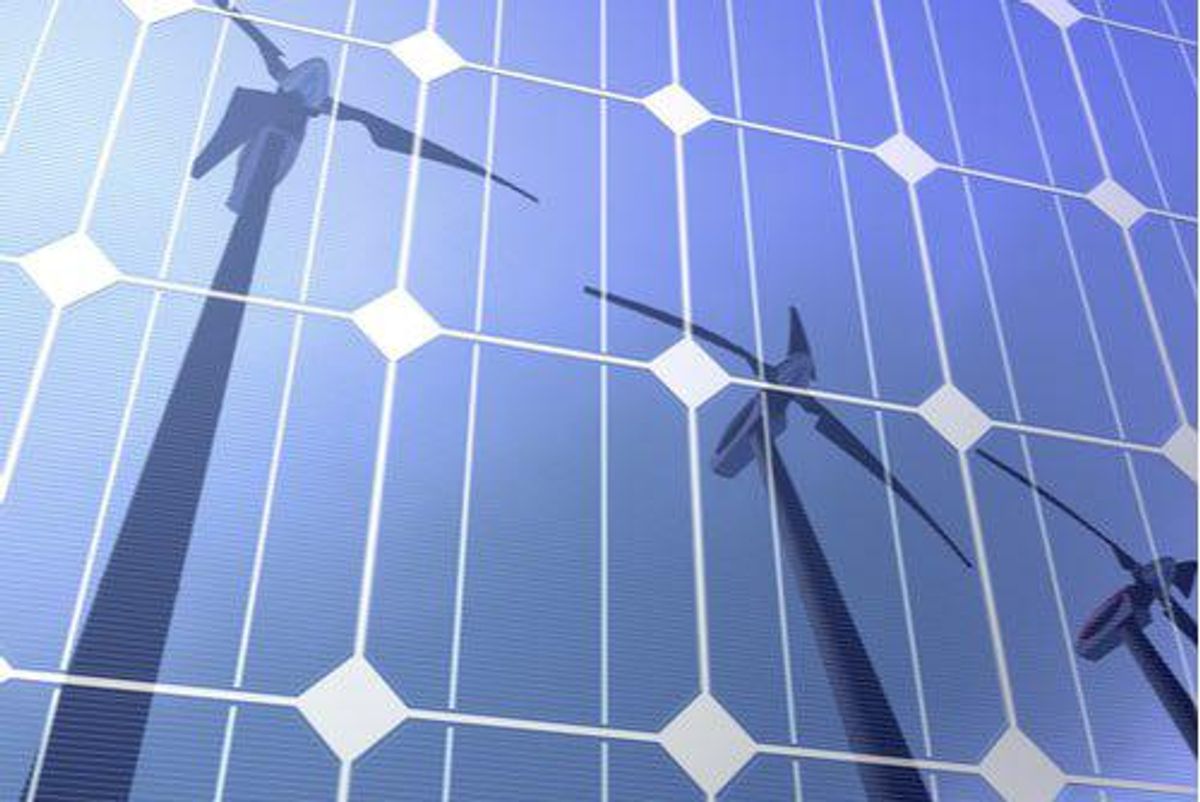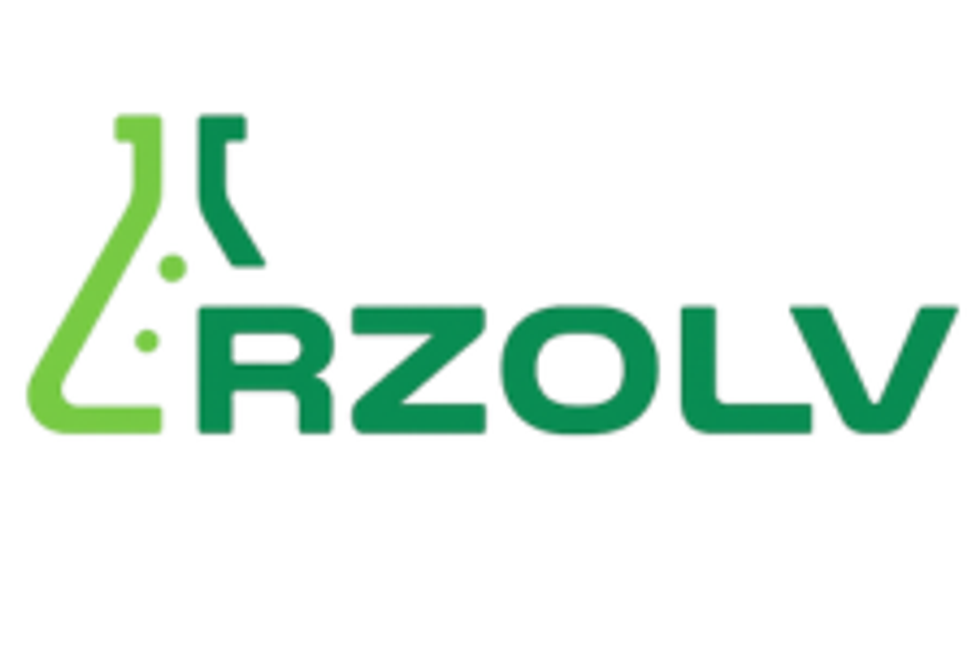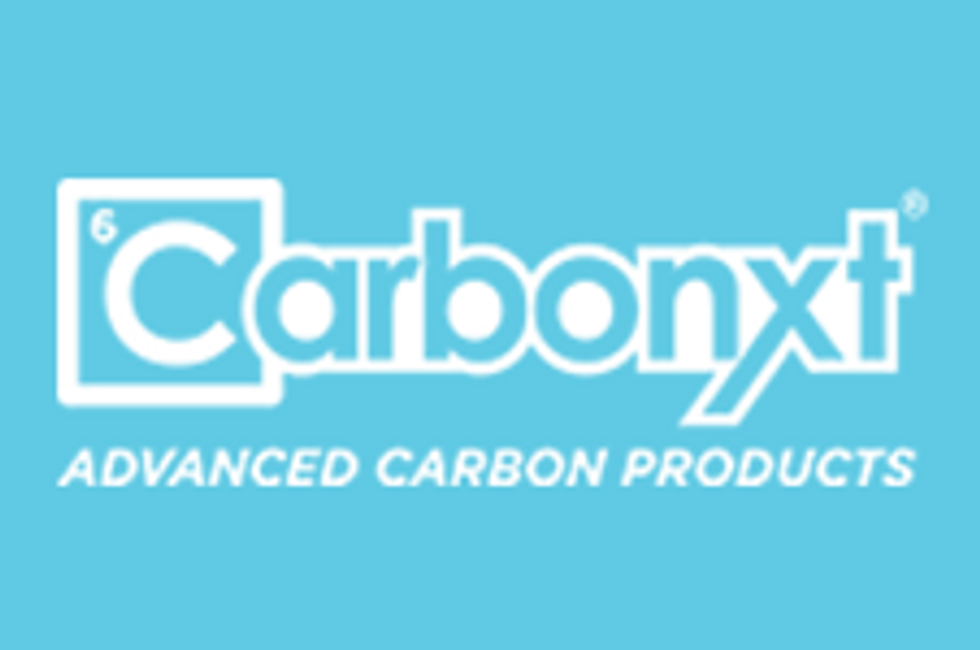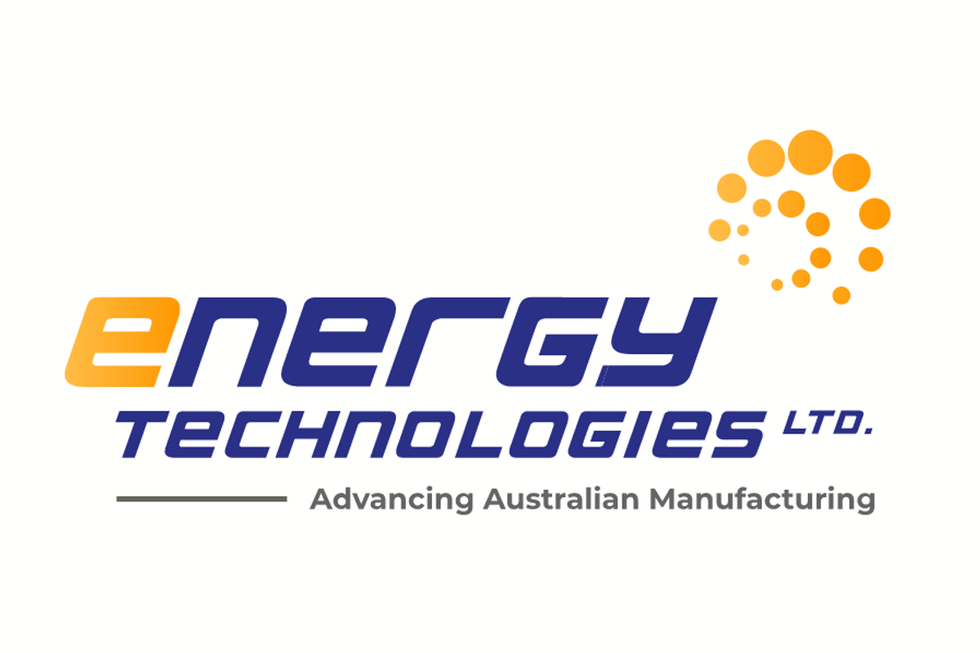Cleantech Market Update: H1 2022 in Review
What happened in the cleantech space in the first half of 2022? INN looks at trends and what’s ahead for the sector.

Click here to read the previous cleantech market update.
The trend toward a green energy transition continues to gather pace as governments push forward with measures to fight climate change and investor interest in cleantech increases.
Cleantech spans several industry verticals, including: renewable energy generation, energy storage, energy efficiency, transportation, air and environment, clean industry, water and agriculture.
With the second half of 2022 now in full swing, the Investing News Network (INN) looks at the main trends in the sector and what’s ahead for cleantech investing for the rest of the year.
Cleantech market update: Key trends
Following an uncertain 2020 that saw the cleantech sector gain traction and stocks perform strongly, investors shifted focus to the recovery from COVID-19. Overall, the cleantech space continued to perform well in 2021, almost above expectations. In 2022, the main issue has been how a recession may impact industry momentum.
“While a recession is no certainty, macroeconomic indicators suggest it's very possible, and even the threat of inflation is enough to drive decision-making changes within companies,” Yuan Sheng Yu of Lux Research said. “If we do enter a recession … the magnitude and duration of impacts to the climate tech space (are expected) to be significantly lower and shorter than the impacts of the recession 15 years ago.”
The expert believes there are a few reasons why history will not repeat itself — namely that regulations driving emissions reductions likely won’t budge, and that climate tech is now a core product, not a long-term target.
“Certain indicators like venture capital funding or the stock prices of the many overvalued special purpose acquisition company startups will decline, but leaders in the climate tech space will continue to find success regardless of the global economy,” he explained to INN.
According to the International Energy Agency (IEA), at this point, renewables, grids and storage make up over 80 percent of total investment in the power sector. Furthermore, the organization expects a record level of spending on clean energy to boost global energy investment by 8 percent this year.
“We cannot afford to ignore either today’s global energy crisis or the climate crisis, but the good news is that we do not need to choose between them — we can tackle both at the same time,” IEA Executive Director Fatih Birol said.
“A massive surge in investment to accelerate clean energy transitions is the only lasting solution. This kind of investment is rising, but we need a much faster increase to ease the pressure on consumers from high fossil fuel prices, make our energy systems more secure, and get the world on track to reach our climate goals.”
Energy storage
Within the cleantech space, a segment that has been gaining traction is energy storage.
Prices for lithium-ion batteries, which are used in electric vehicles and energy storage, have been climbing since the H2 2021, rising 10 to 20 percent toward the end of the year for various reasons, as per analysts at IHS Markit.
Broad increases in raw materials prices have been a factor, and demand for lithium-iron-phosphate (LFP) batteries from OEMs has also surged as the technology gains traction in lower-cost, shorter-range electric vehicles.
“These increases have been predominantly for lithium iron phosphate technology, which is the favored technology for grid energy storage systems,” the IHS Markit analysts said.
The firm doesn't expect prices declines to start up again until 2024, although this will depend on how quickly LFP manufacturing capacity can scale up.
IHS Market is calling for average battery module prices to be 5 percent higher year-on-year in 2022, which will contribute to a rise of 3 percent in total battery energy storage system costs.
Renewable energy
Renewable energy capacity installations stayed at an all-time high last year despite headwinds such as supply chain constraints and commodities price increases. In fact, wind and solar capacity installations were up 28 percent in the first eight months of 2021 compared to the same period in 2020, according to a Deloitte report.
Solar photovoltaic (PV) systems have declined in cost by 85 percent in the last 10 years, making them among the most cost-competitive energy resources in the market.
“As it flexes its competitive muscle, the solar industry will likely boost efforts to explore new configurations and business models,” analysts at Deloitte said. “And 2022 could well see the industry growing solar-plus-storage buildouts, exploring floating solar PV modules, and expanding community solar projects to new markets.”
Around the globe, renewables are already the cheapest source of new power generation in most markets.
“Cost declines due to technology evolutions and rapid policy advancements have triggered new investments, leading to further capacity additions and price drops,” analysts at IHS Markit said.
“In recent years however, as the technologies have matured, the capital expenditure of solar and wind has declined at a slower pace and become subject to temporary supply chain hurdles, such as the past year’s escalating shipment costs, rising module prices and escalating steel costs.”
Despite ongoing supply chain constraints, wind turbine manufacturers have continued to invest in research and development to further scale their wind turbines.
“The technology trajectory will hold its current path with the offshore sector awaiting its next big turbine announcement. For onshore, the challenge will be not to simply scale up, but also increase the number of options available as markets demand increasingly tailored technology options,” IHS analysts said.
Most analysts agree that renewable energy has great potential to reduce prices and dependence on fossil fuels in both the short and long term. However, how rapidly renewables can substitute fossil fuels hinges on several uncertainties and will depend on many factors.
Renewable capacity is expected to increase by over 8 percent in 2022, reaching almost 320 gigawatts.
“But, unless new policies are implemented rapidly, growth remains stable in 2023 because solar PV expansion cannot fully compensate for lower hydropower and steady year-on-year wind additions,” the IEA states.
Hydrogen
Another segment receiving a lot of attention this past year has been hydrogen, with greater policy clarity driving large increases in the pipeline for green hydrogen and associated products.
“Although capacity is projected to more than double over the next couple of years, a significant supply gap could open up in 2025 if green hydrogen projects currently in pipeline remain true to their timelines,” as per IHS Markit.
Analysts at the firm are calling for additional commitments to manufacturing capacity this year and in 2023, although they noted that periods of misalignment should be expected.
A major driving force behind the rise of green hydrogen has been the decreasing cost of renewable energy, a key requirement in the production process.
Development of green hydrogen, which has the the potential to provide long-duration and seasonal storage of fuel available on demand to generate power, is also expected to progress as renewable energy penetrates the grid.
“States and energy companies are also responding to this opportunity and ramping up renewable hydrogen production. Interest is also high in a host of evolving mechanical and battery storage technologies offering long-duration energy storage options and supporting the grid,” Deloitte analysts said.
Cleantech market update: What’s ahead
Investors may be wondering what's in store for the overall cleantech industry this year.
“Supply chain risks and increasing costs remain a major concern for the renewables industry, and companies throughout the value chain will need to mitigate and hedge these risks to remain successful,” analysts at IHS Markit said. “Despite these concerns, the value of renewables remains high enough to sustain a healthy growth rate of renewables additions.” The firm projects that supply chain tightness will keep prices high in 2022.
“Trade barriers and geopolitics will continue being at the center of the industry and start to reshape the global manufacturing map,” analysts at the organization said.
The cleantech industry may also go down new avenues with potential support from government policies geared at fighting climate change.
“Significant industry focus on supply chain security will likely continue, as stakeholders explore multiple options to tackle recent disruptions, especially for solar,” analysts at Deloitte said. “Some developers will likely also resort to strategies such as renegotiating power purchase agreements, while some are taking a wait-and-see approach.”
Despite higher-costs, lithium-ion batteries will remain competitive with alternative technologies in the energy storage segment. “The bigger threat to growth is the ability of system integrators to procure the required volumes of batteries,” IHS Markit analysts believe.
In terms of hydrogen, affordability and a lack of standardization and infrastructure are the main barriers.
“Since last year, policymakers are targeting all three with measures to provide clarity to corporates and investors and begin to build a framework to allow the progress of large scale projects,” analysts at IHS Markit said. "Through 2022 we expect the policy push will continue."
Don’t forget to follow us @INN_Technology or real time updates!
Securities Disclosure: I, Priscila Barrera, hold no direct investment interest in any company mentioned in this article.
Editorial Disclosure: The Investing News Network does not guarantee the accuracy or thoroughness of the information reported in the interviews it conducts. The opinions expressed in these interviews do not reflect the opinions of the Investing News Network and do not constitute investment advice. All readers are encouraged to perform their own due diligence.





